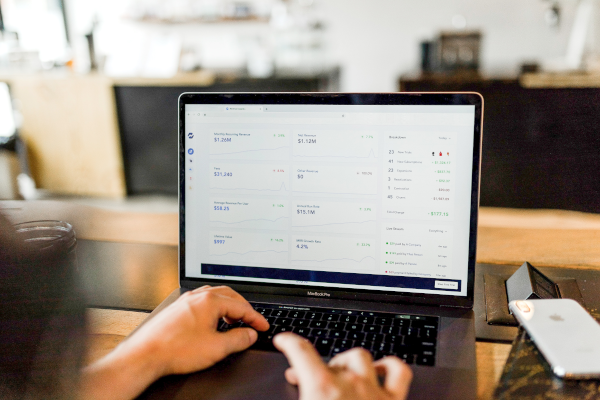CFD trading is hotting up

Contracts for difference (CFDs) have emerged as one of the most popular trading instruments over the past decade. In the wake of the global financial crisis when the financial markets all over the world were plummeting, CFDs found rapid acceptance as instruments that offered an opportunity to traders and investors to make profit from the changes in prices without the need to own the underlying asset. CFDs owe their popularity to their relatively simple structure: the profit is calculated based on the price movement of the asset between the entry and exit of the trade contract and considers only the change in price and not the underlying asset. This has revolutionized the concept of trading, hedging, and speculation in CFDs.
CFD trading has made it possible for all kinds of investors to profit from market movements, allowing them to benefit from the movement in prices of a security without having to take the risk of investing in the entire asset. Let us consider an example from the stock market and look at the coveted blue chip Apple (AAPL), which breached the one trillion market-capitalization mark early this year. Apple is arguably considered the most expensive company in the world and there are many who express doubts on how much further the Apple stock can go. On the other hand, many others strongly argue that Apple is undervalued despite having a diverse revenue stream. If you are a new investor and you want to invest in Apple, you would perhaps face the dilemma of deciding on whether to invest in the Apple stock or not. Goldman Sachs, a leading investment bank, openly admitted that their cautious stance on Apple was an error in judgment.
CFD trading the most convenient solution
 Thus, tracking a stock and understanding the fundamentals that drive its rally are factors fraught with risks. If an analyst who is tracking the stock and the sector and knows everything about the company can go wrong, how could you expect lay investors to get their calls right? Further, you are not a day trader looking at technicals and complicated Fibonacci candles to profit from the rise and fall in stock price during the day. You simply want to benefit from the rise or fall in Apple’s share price over a period with minimal risks. For investors such as you, CFD trading is the answer.
Thus, tracking a stock and understanding the fundamentals that drive its rally are factors fraught with risks. If an analyst who is tracking the stock and the sector and knows everything about the company can go wrong, how could you expect lay investors to get their calls right? Further, you are not a day trader looking at technicals and complicated Fibonacci candles to profit from the rise and fall in stock price during the day. You simply want to benefit from the rise or fall in Apple’s share price over a period with minimal risks. For investors such as you, CFD trading is the answer.
Therefore, instead of investing huge sums in the Apple stock only to rue that your timing was not right, you can invest in Apple CFDs at a fraction of the cost. You will not own the underlying Apple stock but you can profit from its rise and fall if you have placed a put or call option on your CFDs. This feature of CFDs has made them immensely popular with investors the world over. Furthermore, CFDs are flexible and versatile. You can trade forex, commodities, futures and many more products with CFDs. Moreover, compared with equity derivatives, CFDs are transparently priced, and they mirror the current market prices of the underlying shares. With no complicated settlement procedure, CFDs are a cost-effective product providing ease of execution. The most important advantage of CFD trading is that it gives investors the unique opportunity to benefit from the performance of a company’s shares without having to actually own the shares.




